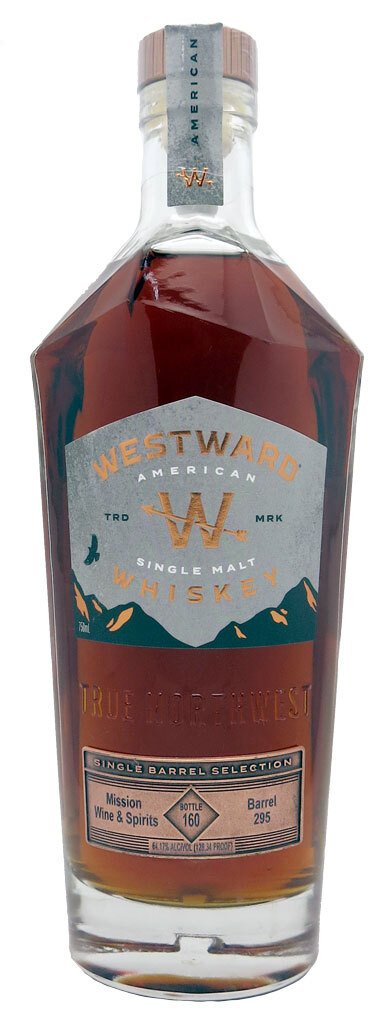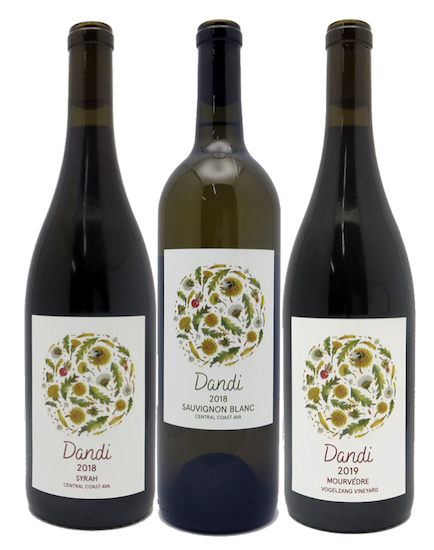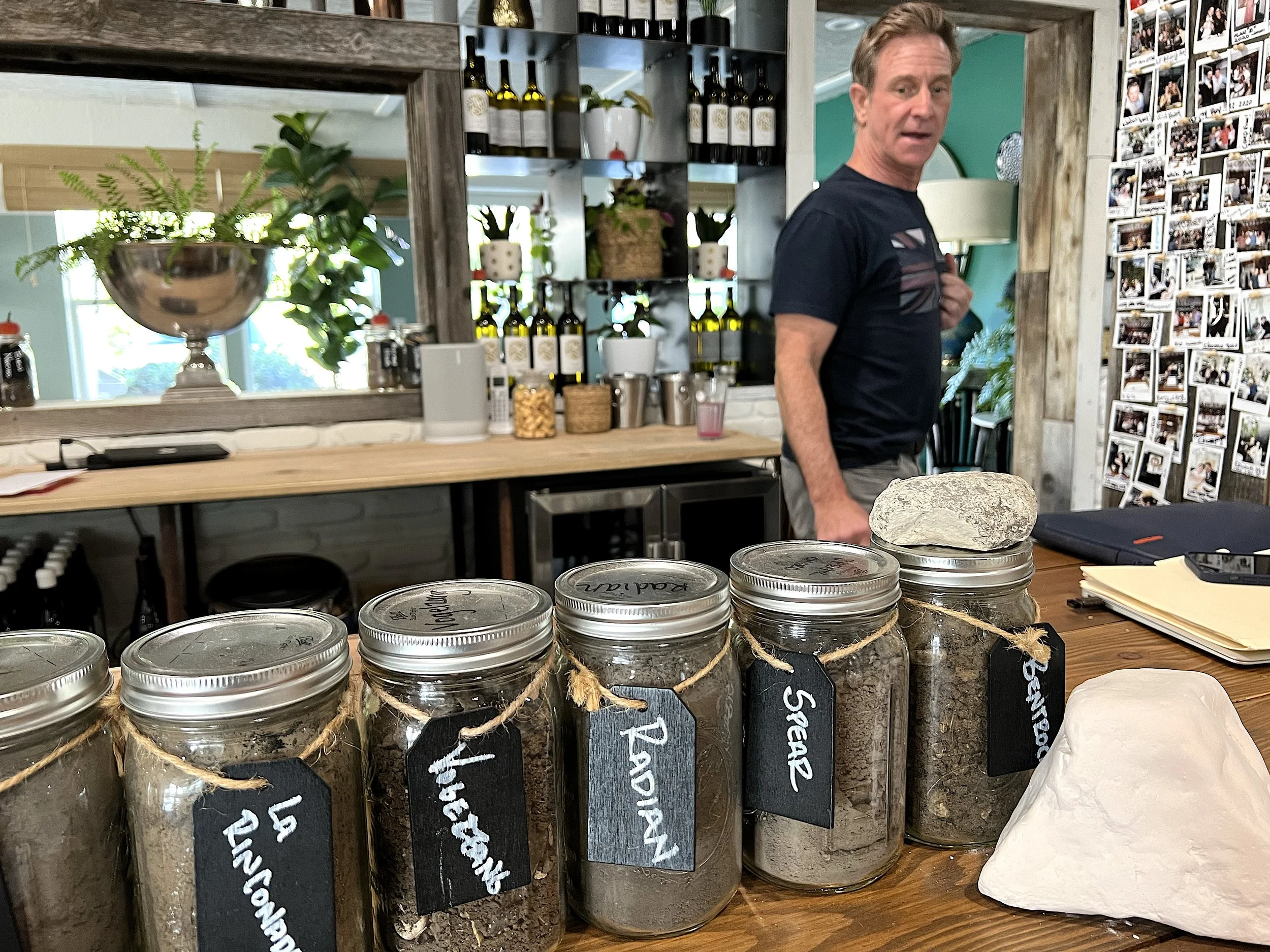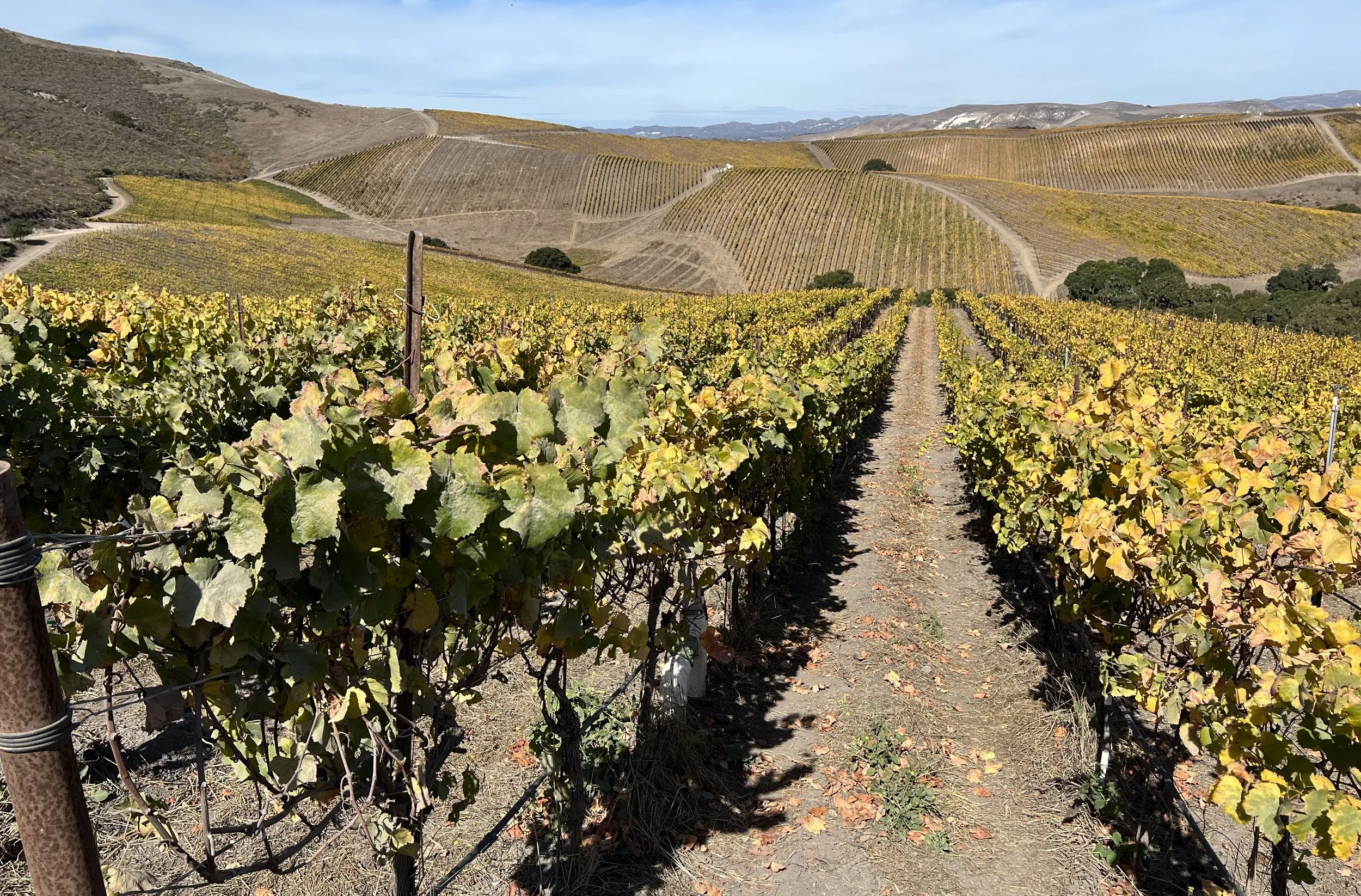The Taylor brothers with their Found North whiskies
“We wanted to start a whiskey brand for more than a decade, but we weren’t convinced we could create something different that was really good,” Zach Taylor told me last week during a conversation with him and his brother Nick—the co-founders of Found North; “Starting a craft distillery meant we’d have no product for a long time, or we’d have to source from someone like MGP, but we didn’t think we could differentiate ourselves with either of those options.”
No shit.
Ever since I first left retail back in March of 2018, I’ve been thinking about my own personal action plan if I were to ever start my own whiskey brand. Do I want to invest millions in a distillery that might never make it? Or do I want to be the 500th new MGP-distilled whiskey brand on the market this year? Hence, why I don’t own my own whiskey brand.
“The Canadians think of the distilling and the aging process as prepping the paints, not painting the picture,” Nick added, explaining why he and his brother began looking north of the border for a solution; “In the US, much of the flavor decisions are made during distillation and maturation. Their paintings are more than half finished when they come out of the barrel.”
Canadian whiskies, with their variance in style, mash bill recipes, and still type, offer a broader palette (pardon the pun) for those looking to create a blend. Unlike today’s Bourbon brands, which start with the same corn or rye-based recipes aged in the exact same type of oak, Canadian producers have much more freedom. Look at the new Found North Batch 003 DNA as an example:
The whisky was built around an 18 year old rye aged in ex-tequila barrels
Blended then with an additional 18 year rye aged in ex-Speyside scotch casks
A delicate 21 year old corn component aged in used American oak was then added
The baking spice and brown sugar notes come from a 17 year rye and a 25 year corn, both aged in Hungarian oak.
The 2,792 bottle outrun came out to be a 17-25 year old marriage at 55.1% ABV with a final mash bill of 64% rye, 32% corn, and 4% malted barley. It definitely smells like rye on the nose, but there’s a candied ginger component on the nose that picks up on the palate as well. It’s surprisingly light in color, but don’t let that fool you: it’s packed with all sorts of pepper, spice, richness, and character. There’s a lovely sweetness as well that settles in beautifully on the third and fourth sip. Sipping neat without water, the first two sips are all power, then the graham cracker and vanilla notes start settling in with lovely grace.
Earlier in the year, in a blog I wrote for Mission Wine & Spirits, I described the 002 as such: “It’s not quite Bourbon, but it’s definitely not your typical Canadian whiskey. It’s as if Crown Royal and George T. Stagg had a baby, and this is what came out. For those of you longing to see Canadian whiskey blended and bottled with a Kentucky mindset, you’ve found your brand.”
The brothers agreed with that assessment completely.
“The really interesting question for us was: why aren’t Canadians making whiskey like this?” Nick asked; “With the pandemic happening, I’ve been tuning into presentations from Canadian distillers where they’re upfront about watering the whiskey down, adding caramel coloring, filtering, and other practices that have become somewhat taboo from the American perspective. The explanation is: this is just how we do it.”
Now we’ve got the second iteration of that masterpiece with the Found North Batch 004 built around a 21 year corn component, a naturally sweet 25 year corn component aged in Hungarian oak, balanced against two different ryes whiskies, both aged for 18 years. The first was aged in ex-Speyside scotch casks providing bright, fresh fruit. The second was aged in re-charred American oak. The 2,746 bottle batch features 18-25 year old whiskies, clocks in at 62.4% ABV, with a final recipe of 80% corn, 19% rye, and 1% barley.
If you like that extra sweetness, then the Batch 004 is your baby. It’s as rich and woody as it is powerful, and both of those flavor profiles are battling for dominance as the liquid passes over your palate. Once again, the George T. Stagg comparison is what comes to mind: a blistering whiskey with such strength and complexity that it’s almost impossible for your mouth to take it all in.
Zach and Nick began the Found North project by sourcing samples of different Canadian whiskies with the intention of bottling them as individual labels. There was just one major problem: they didn’t taste all that interesting on their own.
“We found a number of very cool whiskies, but we didn’t want to bottle any of them as a single entity.” Zach explained; “Canadian whiskey was designed to give the blender a number of assets to create. It’s like a huge tool set to create whiskey on the back end.” In short, it gave them the freedom to create an American version of Canadian whisky.
Of course, not everyone is fired up about the Americanization of long-standing traditions with distilled spirits. The French, for example, aren’t interested in creating high-proof, additive-free brandies just to capitalize on the current Bourbon fad. “Yet, there are other brands crushing in the United States that are moving towards that consumer,” Nick stated; “So why not make something for that audience?”
Canadian whiskey for Bourbon fans? That’s exactly what Found North is.
And…MAN…is it good.
-David Driscoll














